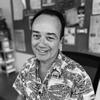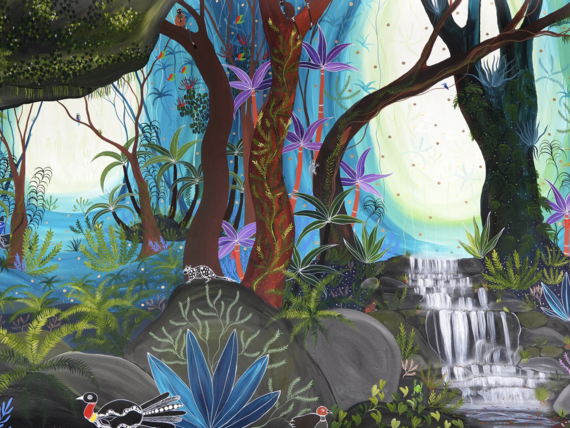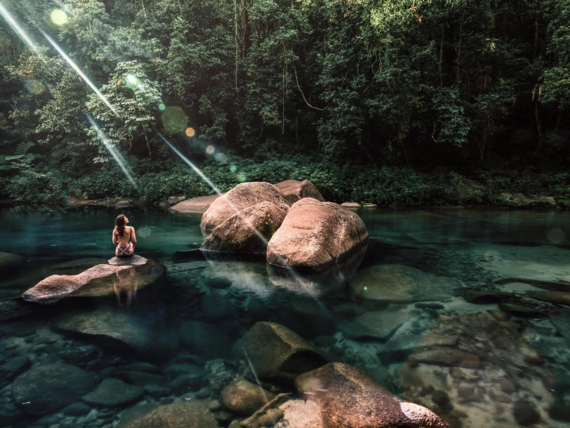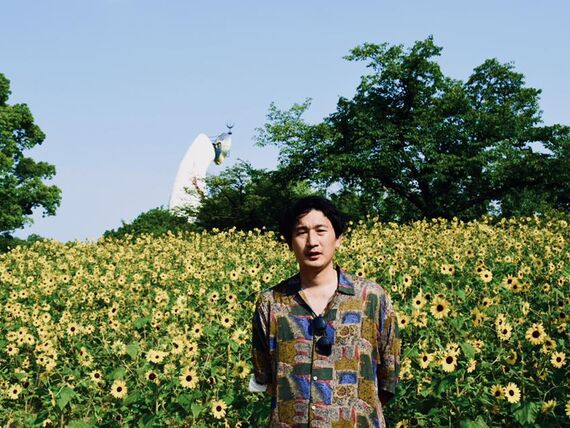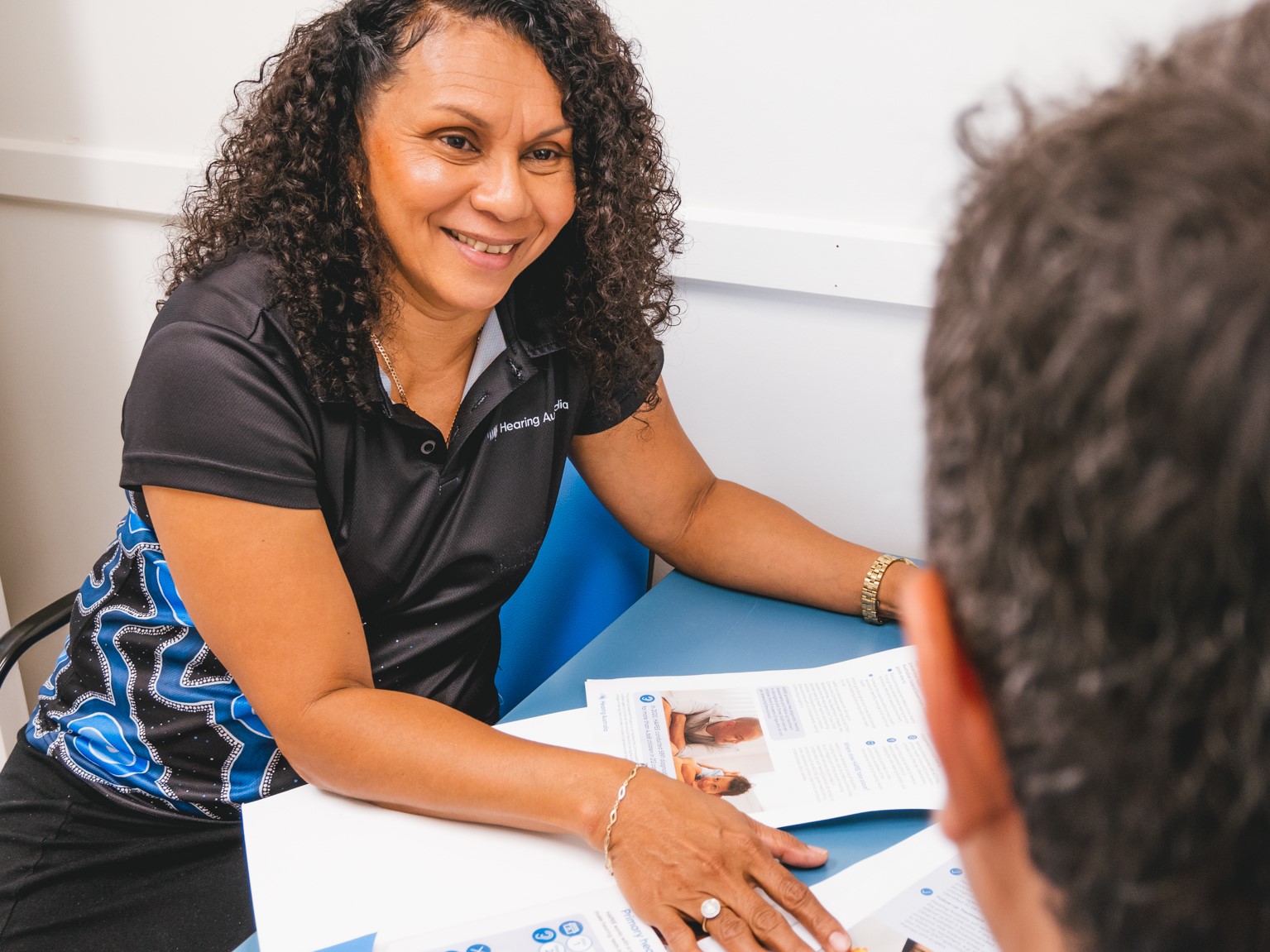
##MP##
Hearing Australia has set itself an ambitious target, launching a plan to halve the rate of hearing loss among Indigenous children by 2029.
It’s a widespread and chronic problem across Australia, with one in three Aboriginal and Torres Strait Islander children experiencing otitis media, inflammation and infection of the middle ear.
Local diagnosis and treatment are not always available. These infections cause temporary hearing loss, making it hard for children to hear, learn, and yarn.
Studies show Indigenous children can have conductive hearing loss for up to 32 months, compared with three months among non-Indigenous children.
##BA##
Recurring or untreated infection can lead to permanent hearing loss.
The Hearing Australia action plan is an all-out effort to improve ear health and hearing outcomes for Indigenous children.
It calls for earlier diagnosis, better access to treatment, and building workforce capabilities in primary health care services across Australia.
One of the people leading the effort is Denise Newman, who was born on Thursday Island and grew up in Bamaga on Cape York Peninsula.
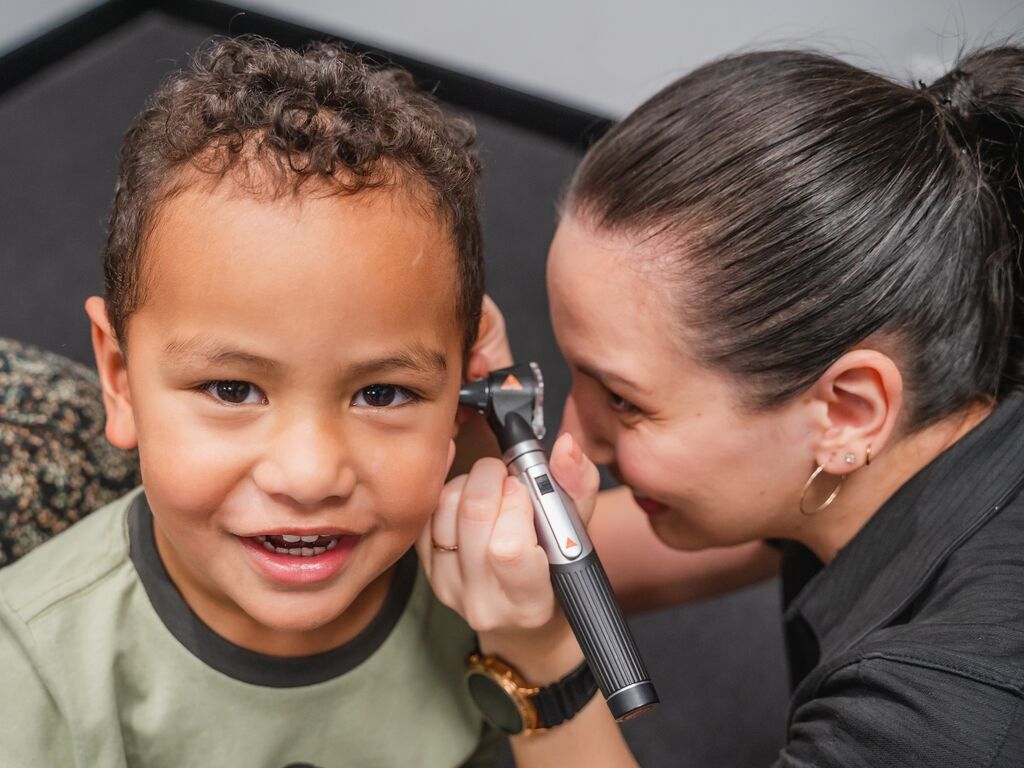
Denise is a strong advocate for better ear health and hearing, who understands the challenges better than most.
“I’m profoundly deaf in one ear, but I’m moderate in the right.
“I can really feel for the children. I know what it feels like not to hear.”
Denise talks to Tropic on a crackly line from Darwin, no sign of hearing loss, thanks to her hearing aids.
She tells inspiring stories of what’s been achieved, and speaks of what remains to be done, drawing on her 30 years working in Far North Queensland.
“I'm very passionate and I get very emotional.
##PQ##
“If we don't have our child take it to a GP early, we’re disadvantaging that child in having an education, having a job, and becoming better in life.”
Denise says ear infections are prevalent across the Far North and may not get the attention they need because they’re less noticeable than infections in other parts of the body.
“Recent health surveys found that 30 per cent of Aboriginal and Torres Strait Islander school age children had been measured with hearing loss in either one or both ears.
“There is a high prevalence and it’s due to people not understanding what otitis media is."
##PQ2##
Otitis media can be a product of socio-economic factors in remote communities like overcrowding, poor nutrition, lack of sleep, poor access to services, and low immunisation rates.
Early symptoms may resemble a cold, with sore throat, runny nose, and a fever. Early medical treatment is vital.
“The earlier we detect a middle ear infection, the easier it is to treat,” Denise said.
“The later you leave it, say the baby's already developed acute middle ear infection, then the eardrum can burst, which leads to further complications.
“Then it’s a bit too late.”
Denise knows she and Hearing Australia have a big job ahead of them preventing and reducing hearing loss among Indigenous children.
“When it gets picked up, sometimes it's too late because it's a shame thing.
“People say they don't want hearing aids. It's an embarrassment.
“But this is where we now have a First Nations unit, and we have people like myself as cultural leaders.
“We are looking at delivering culturally appropriate, affordable, acceptable services to our people, to our mob. .
“That’s a massive job. But since we’ve had the Hearing Assessment Program - Early Ears, we've already seen a reduction in hearing loss because children are coming in early, and they're being detected early and being treated early.
“Otitis media is manageable, it’s treatable, if it's detected early.”
Main points
- Hearing Australia plans 50% cut to young Indigenous hearing loss by 2029
- Ear infection is the most common cause of Indigenous hearing loss
- Otitis media is preventable, and manageable if detected early

